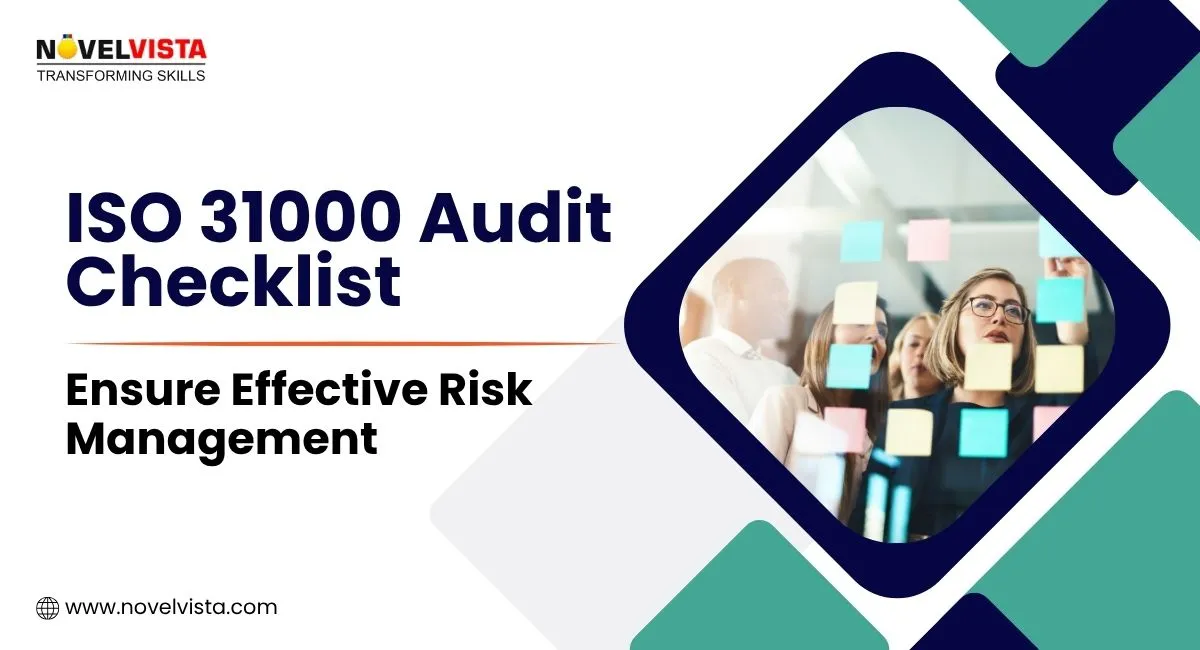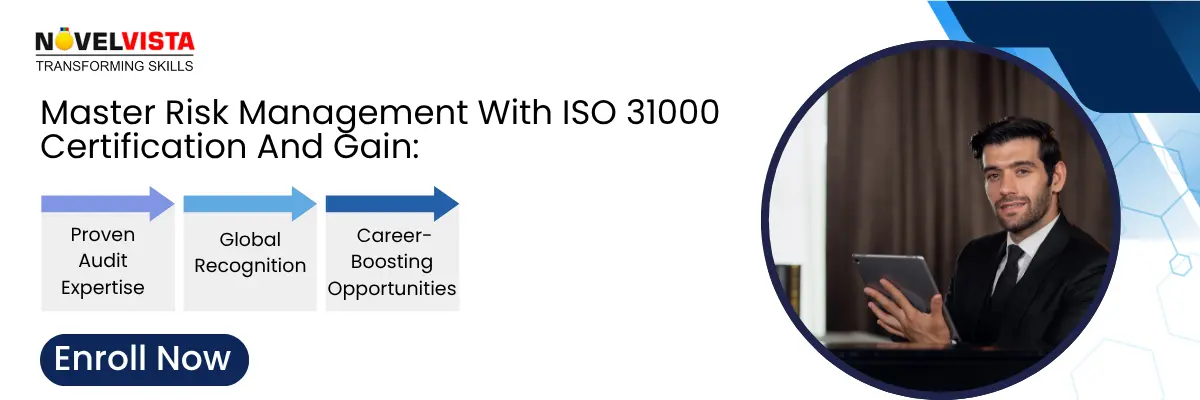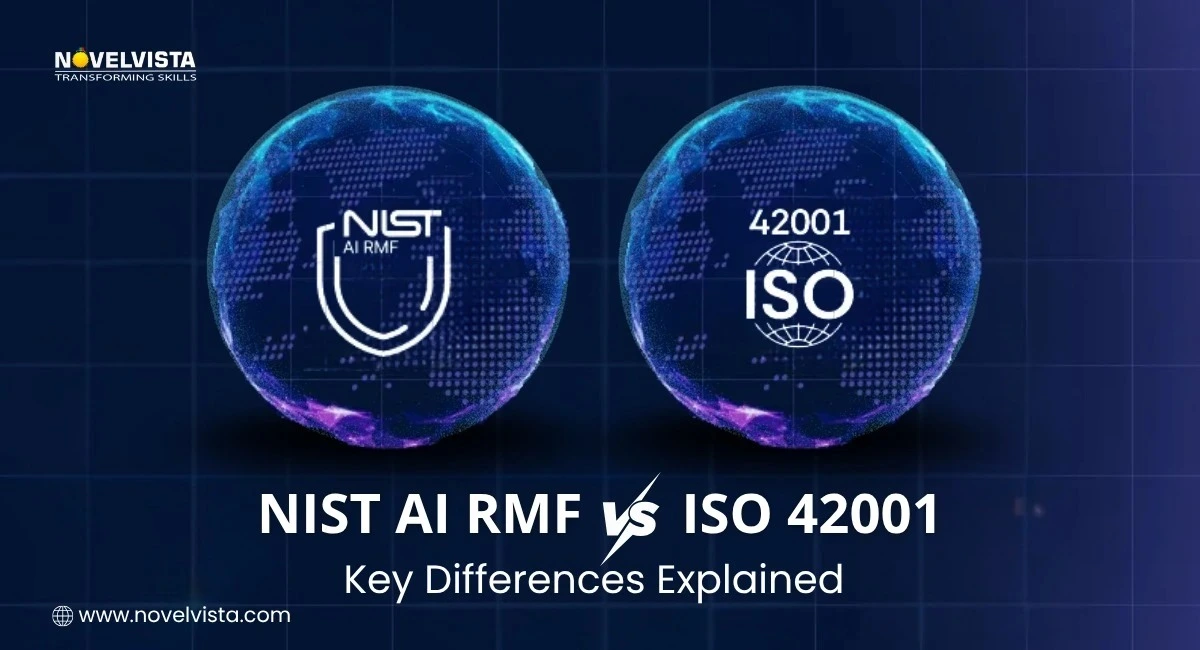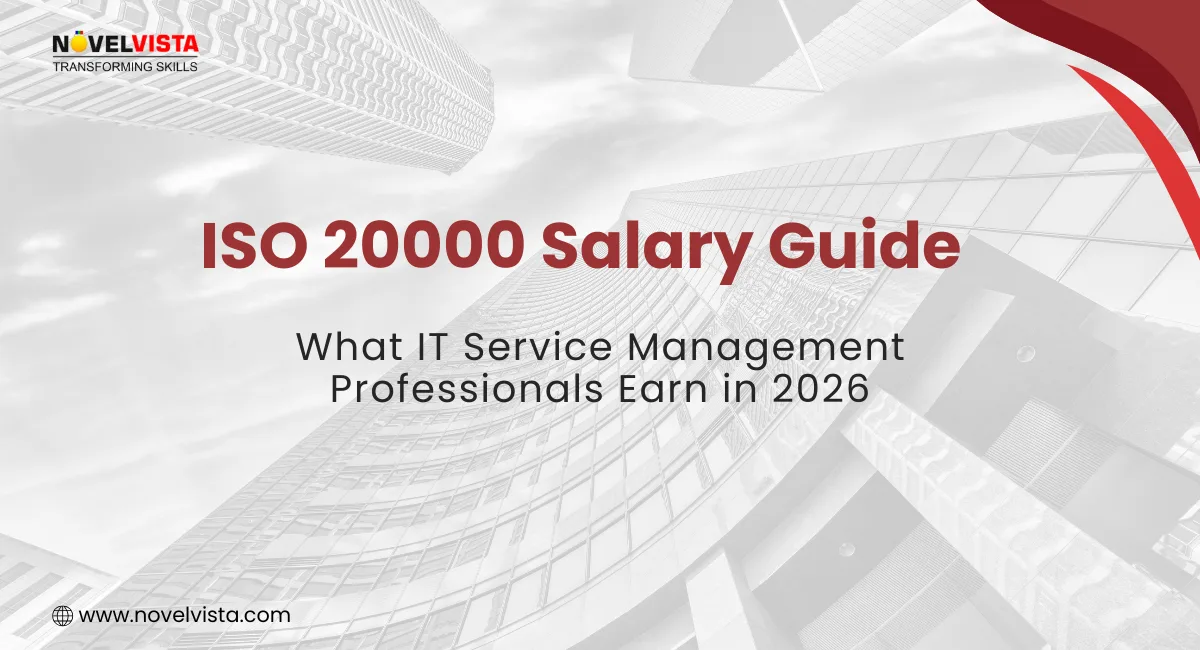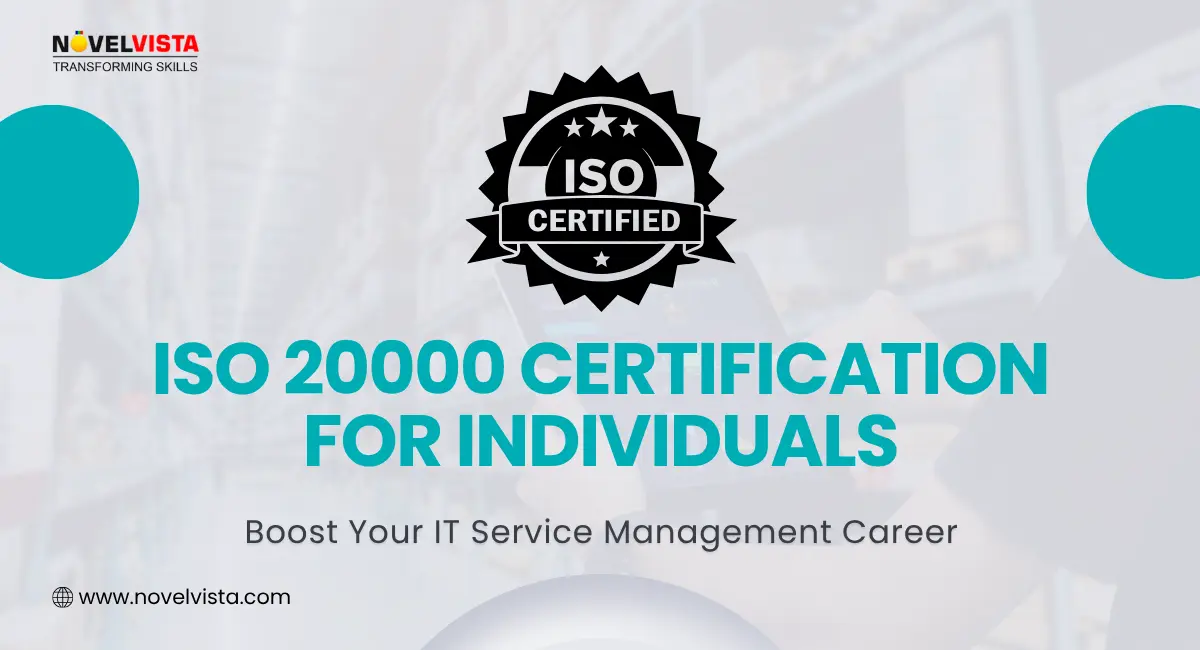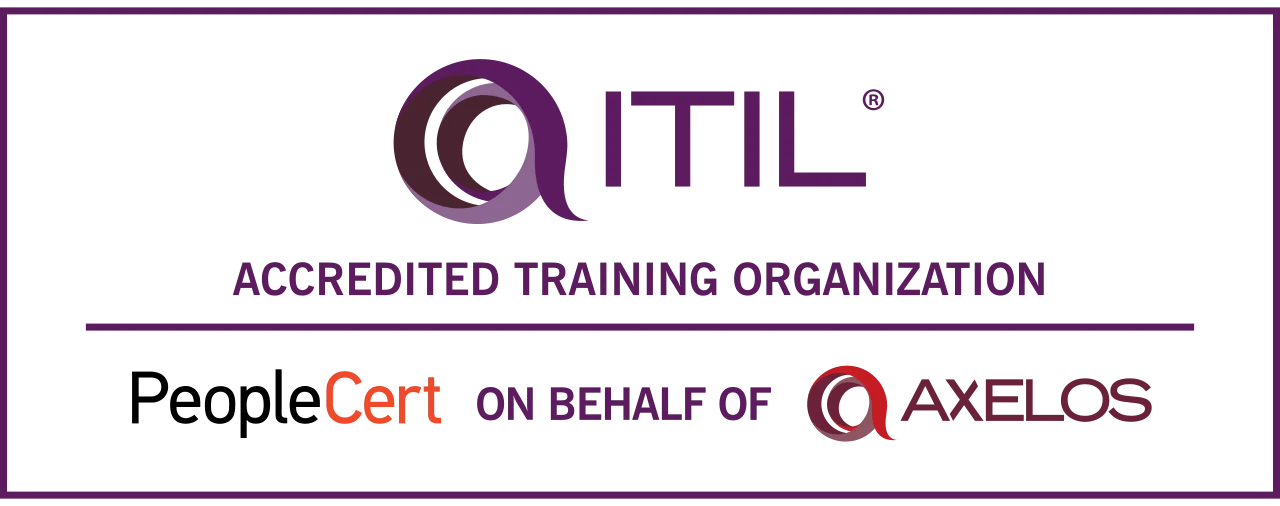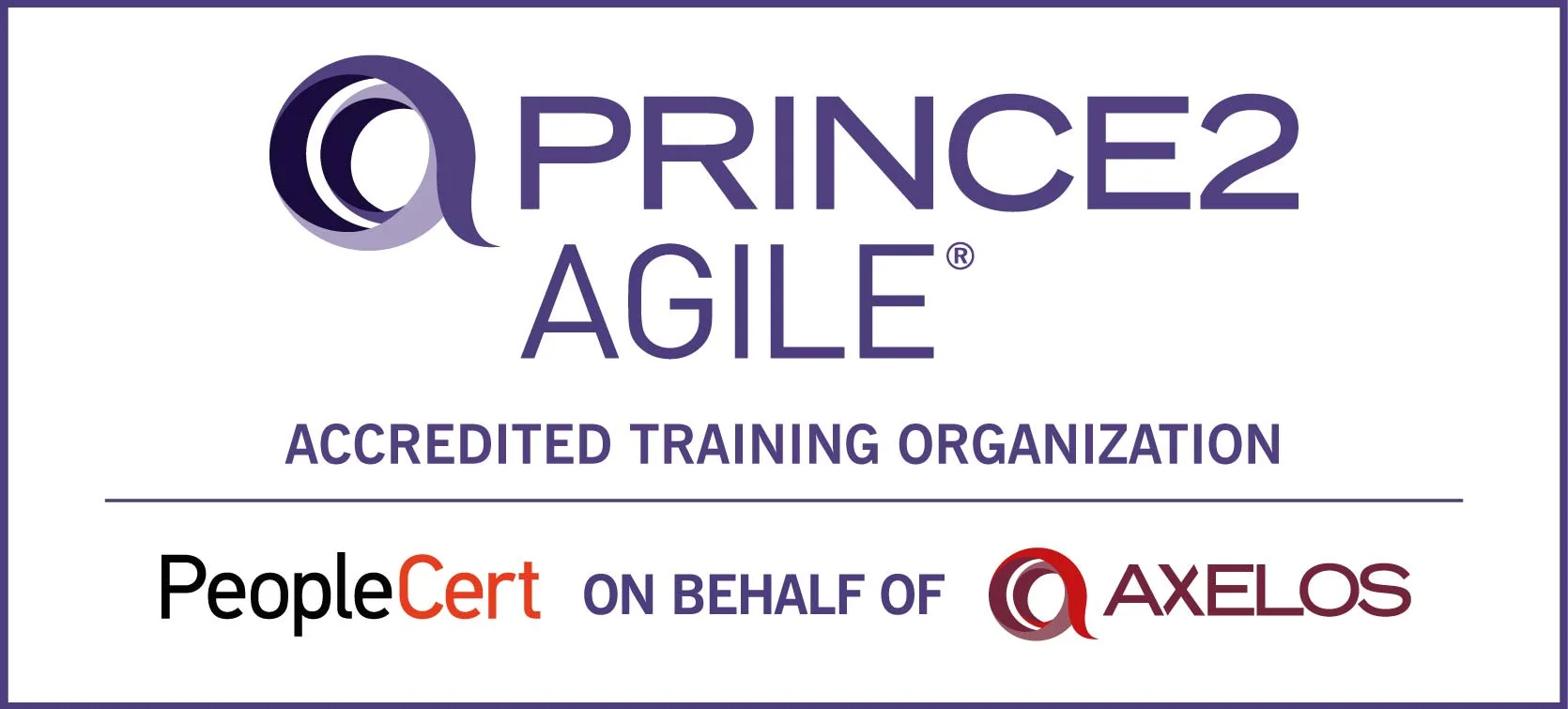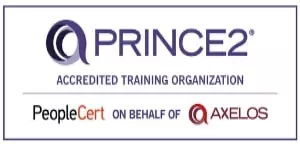- What Is ISO 31000?
- ISO 31000 Audit Checklist: Key Areas and Questions for 2025
- Key Areas Covered in an ISO 31000 Checklist
- How to Use an ISO 31000 Audit Checklist
- ISO 31000 Audit and Certification Preparation Checklist (2025 Edition)
- Common Challenges in ISO 31000 Implementation
- Benefits of Adopting ISO 31000
- Real-World Impact of ISO 31000 Adoption
- Conclusion
ISO 31000 Audit Checklist Guide 2025: Simplify Risk Management with Confidence. Your organization might already have policies, controls, and risk registers in place, but are they truly effective? That’s where an ISO 31000 audit checklist comes in. It gives you a clear, structured way to identify what’s working, what’s missing, and how to strengthen your risk management framework.
In this guide, we’ll simplify ISO 31000:2018, the global standard for risk management, and turn it into a practical ISO 31000 audit checklist you can actually use. Whether you’re a risk manager, compliance lead, or internal auditor, this guide will help you prepare for audits, align with international standards, and enhance decision-making across your organization.
What Is ISO 31000?
ISO 31000 is an international standard designed to help organizations manage uncertainty and build a culture of proactive risk management. It doesn’t dictate how you should run your risk program; it provides guiding principles that can fit any organization, regardless of size or industry.
At its core, ISO 31000 aims to:
- Improve decision-making through a better understanding of risks.
- Integrate risk management into all organizational activities.
- Ensure risks are managed consistently and effectively.
The framework focuses on embedding risk thinking into strategy, operations, and culture. For auditors and managers, it’s not just about compliance, it’s about building resilience.
Read More: ISO 31000 Risk Management Framework
Let’s now look at how the ISO 31000 audit checklist turns these principles into practical, auditable steps.
ISO 31000 Audit Checklist: Key Areas and Questions for 2025
A good iso 31000 audit checklist helps assess whether your risk management practices align with ISO’s core framework. Below are six key areas every auditor should cover:
1. Mandate & Commitment
Things to Check:
- Has leadership formally endorsed the risk management policy?
- Is there clear accountability for risk management at all levels?
- Are resources and authority adequately assigned?
- Are risk management objectives aligned with business strategy?
2. Design of the Framework
Things to Check:
- Are internal and external contexts clearly defined?
- Does the framework align with governance and compliance structures?
- Are communication and reporting mechanisms well established?
- Is there a process to integrate risk management into key decisions?
3. Accountability & Roles
Things to Check:
- Are roles and responsibilities clearly documented?
- Are decision-making authorities for risk responses defined?
- Is there a feedback mechanism between management and risk owners?
4. Implementation
Things to Check:
- Are risk assessments regularly performed using defined criteria?
- Is a risk register maintained and reviewed periodically?
- Are mitigation actions tracked for effectiveness?
- Does the organization conduct training and awareness programs?
5. Monitoring & Review
Things to Check:
- Is there a structured process for monitoring key risks and controls?
- Are risk reports regularly reviewed by management?
- Is there evidence of continual improvement based on findings?
6. Continual Improvement
Things to Check:
- Does the organization perform periodic framework reviews?
- Are lessons from incidents or audits incorporated into updates?
- Is technology leveraged for risk tracking and reporting?
By systematically going through these areas, auditors can identify both compliance gaps and improvement opportunities, ensuring the organization’s risk program stays aligned with ISO 31000:2018 principles.
ISO 31000 Implementation Guide
Implement ISO 31000 with ease.
Get a practical step-by-step guide with templates and
examples to strengthen your risk framework.
Key Areas Covered in an ISO 31000 Checklist
The iso 31000 checklist revolves around three main components: Principles, Framework, and Process. Here’s what to check in each:
1. Principles
The foundation of effective risk management lies in principles like integration, inclusiveness, and adaptability.
- Is risk management integrated into all business activities?
- Are stakeholders involved in risk-related decisions?
- Are methods flexible enough to handle changing environments?
2. Framework
This defines how the organization supports and embeds risk management practices.
- Is leadership visibly committed to managing risks?
- Are governance and accountability structures defined?
- Does the organization encourage a risk-aware culture?
3. Process
This focuses on the operational side, identifying, analyzing, and evaluating risks.
- Are risk criteria clear and documented?
- Are mitigation measures prioritized based on impact?
- Is the process iterative and regularly improved?
Each of these pillars ensures your iso 31000 audit checklist remains comprehensive yet adaptable, guiding both new and mature risk management programs.
How to Use an ISO 31000 Audit Checklist
Having a checklist is one thing; using it effectively is another. Here’s how you can get the most out of your audit process:
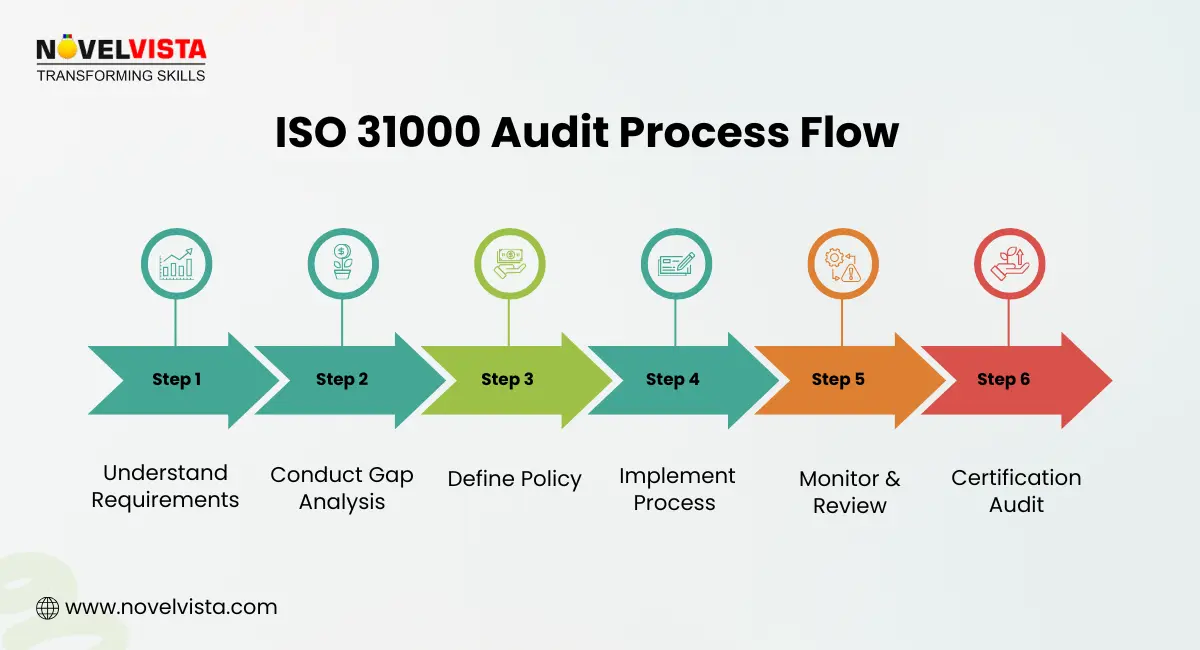
- Understand the Context: Review your organization’s objectives, regulatory requirements, and external factors.
- Gather Evidence: Collect policies, registers, training logs, and incident reports to validate compliance.
- Ask the Right Questions: Use the ISO 31000 Audit Checklist items as prompts for interviews and documentation review.
- Evaluate Maturity: Assess not just compliance, but how well risk management is embedded in culture and decision-making.
- Act on Findings: Create an improvement plan with timelines, responsible parties, and measurable outcomes.
When used regularly, the iso 31000 checklist becomes more than an audit tool; it becomes a roadmap for continuous improvement.
ISO 31000 Audit and Certification Preparation Checklist (2025 Edition)
Preparing for an ISO 31000 audit isn’t about passing a compliance test; it’s about proving that risk management is part of your organization’s DNA. The ISO 31000 Audit and Certification Preparation Checklist helps you ensure every element, from leadership commitment to continual improvement, is aligned and ready for review.
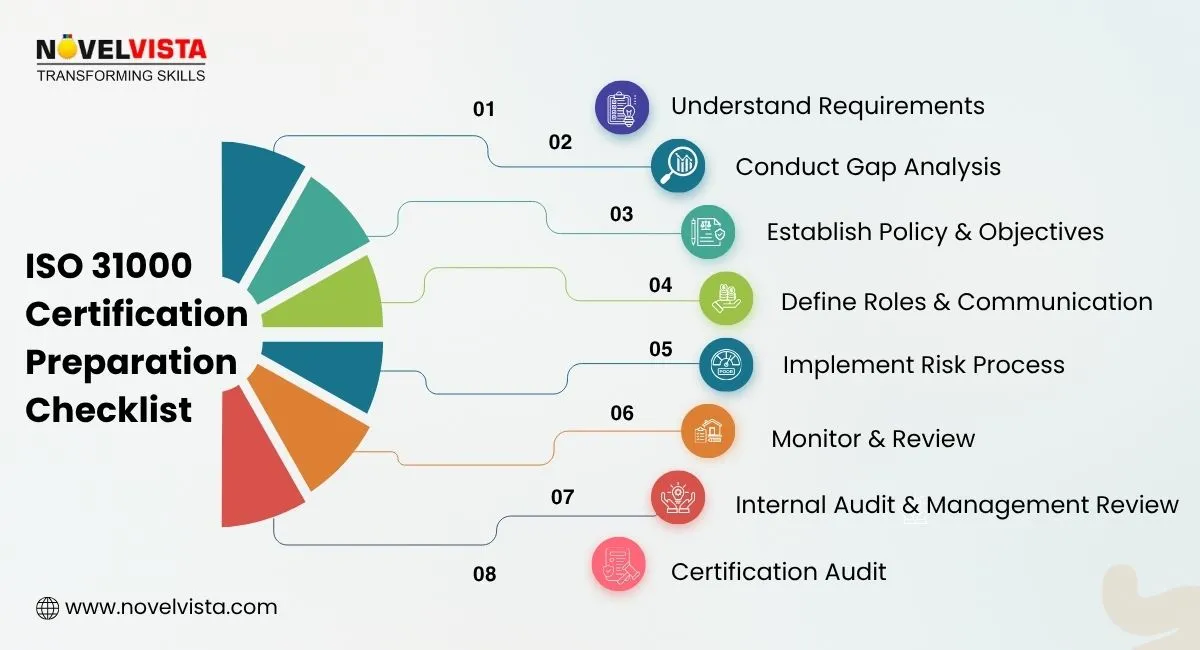
Here’s a step-by-step breakdown to guide you through the preparation process:
1. Understand ISO 31000 Requirements
Before you even begin documentation, make sure your team understands the ISO 31000 principles, framework, and processes. This helps align your organization’s existing risk management practices with the international standard.
Checklist:
- Study ISO 31000:2018 clauses and terminology.
- Conduct awareness sessions for managers and risk owners.
- Identify which parts of your system already align with ISO 31000.
2. Conduct a Gap Analysis
This helps you understand where you stand compared to ISO 31000 expectations.
Checklist:
- Review current policies, registers, and controls.
- Compare existing processes with ISO 31000 framework requirements.
- Document all identified gaps and areas of partial compliance.
3. Establish Risk Management Policy and Objectives
Your policy defines how your organization views and manages risk.
Checklist:
- Draft or update the risk management policy to reflect ISO 31000 principles.
- Ensure objectives align with strategic and operational goals.
- Get management approval and communicate the policy organization-wide.
4. Define Roles, Responsibilities, and Communication Flow
Everyone, from executives to team leads, should know their role in managing risk.
Checklist:
- Assign clear accountability for each risk area.
- Establish communication channels for escalating and reporting risks.
- Include responsibilities in job descriptions or performance goals.
5. Implement Risk Management Process
This is the heart of ISO 31000 compliance, how risks are identified, analyzed, evaluated, and treated.
Checklist:
- Develop a structured risk identification process.
- Define assessment criteria for likelihood and impact.
- Create and maintain a live risk register.
- Regularly review risk responses and mitigation effectiveness.
6. Monitor and Review Performance
Ongoing monitoring ensures your system adapts as your organization evolves.
Checklist:
- Set up KPIs and dashboards to monitor top risks.
- Conduct periodic internal audits.
- Use review findings to update your framework.
7. Conduct Internal Audit and Management Review
Before going for certification, perform an internal audit to confirm readiness.
Checklist:
- Verify compliance with ISO 31000 requirements.
- Record findings and corrective actions.
- Schedule a management review meeting to assess system effectiveness.
8. Prepare for the Certification Audit
Once internal checks are complete, get ready for the external audit.
Checklist:
- Prepare all documentation (policies, risk registers, training records, reports).
- Ensure top management is available for interviews.
- Address any non-conformities found during internal audits.
Common Challenges in ISO 31000 Implementation
Even with the best intentions, organizations often hit roadblocks during implementation. Let’s explore some common challenges and how to handle them:
1. Lack of Leadership Commitment: Without visible executive support, risk management initiatives often lose momentum and visibility.
2. Inconsistent Risk Culture: Different departments may interpret risk differently, leading to fragmented approaches.
3. Insufficient Training and Awareness: Employees often lack a practical understanding of risk processes, causing poor participation.
4. Reactive Risk Management: Organizations focus on responding to incidents instead of preventing them proactively.
5. Poor Integration with Strategy: When risk management isn’t tied to organizational goals, it becomes a checkbox activity rather than a decision-making tool.
6. Lack of Data-Driven Insights: Decisions made without analytics or trend data limit proactive control and risk forecasting.
Recognizing Risk Management Challenges early helps organizations set realistic timelines, train teams, and adopt a proactive mindset for ISO 31000 compliance.Benefits of Adopting ISO 31000
For Organizations:
1. Strengthened Decision-Making: ISO 31000 promotes structured, data-driven approaches that improve both operational and strategic decisions.
2. Enhanced Reputation and Stakeholder Trust: Demonstrating ISO 31000 alignment assures clients and partners that risks are managed responsibly.
3. Improved Resilience: Organizations become better equipped to anticipate, prepare for, and recover from unexpected disruptions.
4. Cost Reduction: By identifying risks early, companies avoid costly incidents, downtime, and reactive firefighting.
5. Integration with Other Standards: ISO 31000 complements frameworks like ISO 9001, ISO 22301, and ISO 27001, streamlining governance and compliance.
For Professionals:
1. Increased Career Value: ISO 31000-trained professionals are in high demand across industries like finance, healthcare, and IT.
2. Global Recognition: Being familiar with the ISO 31000 framework positions professionals as globally aligned risk experts.
3. Skill Diversification: Practitioners gain expertise in assessing, analyzing, and mitigating complex risks.
4. Leadership Opportunities: Certified professionals often lead enterprise-level risk management and audit programs.
5. Long-Term Job Security: In an uncertain world, risk management expertise ensures continued relevance and employability.Real-World Impact of ISO 31000 Adoption
1. Banking Sector: A leading financial institution adopted ISO 31000 to improve credit risk monitoring and operational control. Within a year, they reported a 25% reduction in financial losses linked to procedural failures.
2. Manufacturing: A global manufacturing company implemented ISO 31000 to streamline supplier risk and equipment maintenance. The result: production downtime dropped by 30%, and supplier compliance improved significantly.
3. IT & Cloud Services: A major IT service provider integrated ISO 31000 with ISO 27001 to enhance cybersecurity governance. This led to faster threat response times and improved client confidence in managed services.
These examples highlight how a structured risk management approach not only ensures compliance but also drives measurable business performance improvements.
Conclusion
Risk management isn’t just a compliance exercise; it’s a competitive advantage. The ISO 31000 Audit Checklist provides a roadmap to identify weaknesses, strengthen resilience, and empower leadership to make informed, proactive decisions. Whether you’re preparing for certification or strengthening internal governance, ISO 31000 ensures your organization can adapt confidently to uncertainty.
Ready to turn your risk management knowledge into a professional edge? Enroll in NovelVista’s ISO 31000 Risk Manager Certification Training, designed to help you master global risk standards, conduct effective audits, and implement proactive frameworks across any organization. Learn from industry experts, gain hands-on insights, and get certified to lead with confidence in today’s uncertain business world.Frequently Asked Questions
Author Details

Vaibhav Umarvaishya
Cloud Engineer | Solution Architect
As a Cloud Engineer and AWS Solutions Architect Associate at NovelVista, I specialized in designing and deploying scalable and fault-tolerant systems on AWS. My responsibilities included selecting suitable AWS services based on specific requirements, managing AWS costs, and implementing best practices for security. I also played a pivotal role in migrating complex applications to AWS and advising on architectural decisions to optimize cloud deployments.
Course Related To This blog
ISO 42001 Lead Implementer
ISO 27001:2022 Lead Auditor
Certified ISO 31000:2018 Risk Manager
ISO/IEC 27001 Foundation
ISO/IEC 20000 Foundation
Confused About Certification?
Get Free Consultation Call

